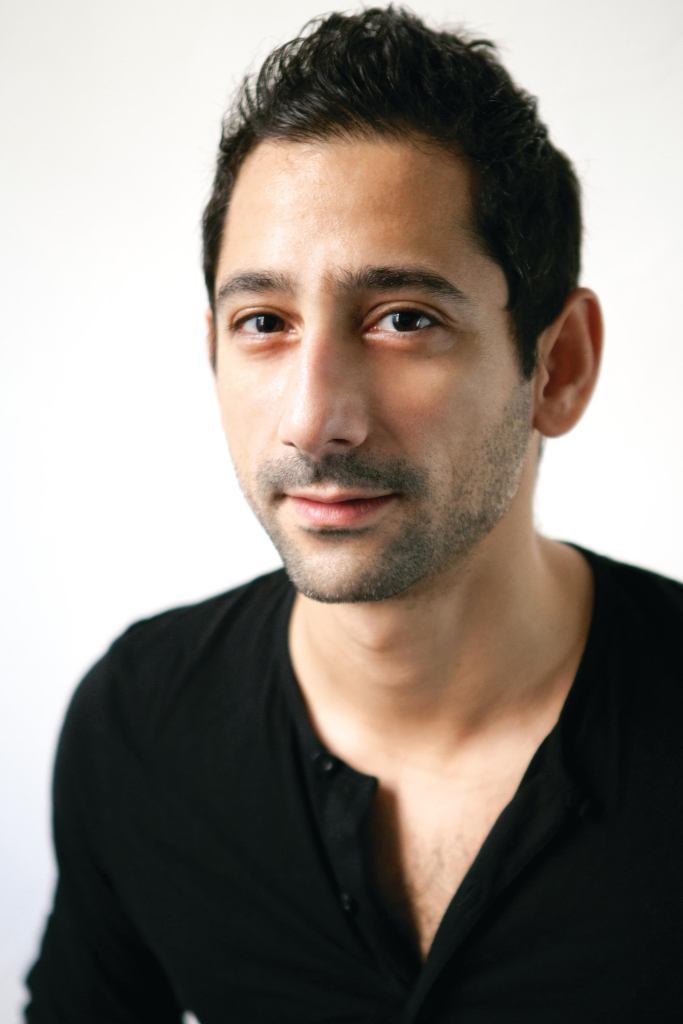“Global financial and energy issues are posing a real threat to the future of the lit environment, as there is a push toward the quantitative versus the qualitative aspects of light. The lighting community has a much larger responsibility now to make sure we are creating a healthy lit environment and a well-lit environment.”
Amer Maleh is part of the new generation of young lighting designers who combine entrepreneurship with inventiveness. He first became aware of lighting more out of necessity than out of design interest. Growing up in war-torn Beirut in the 1980s, electricity was scarce and could go out at any time. From an early age his creativity revolved around electricity and light, learning how to make his own lamps out of found objects and wiring his family’s house with a battery backup system. In turn, light—and its absence—has influenced Maleh’s thinking in every way, first as an industrial design student at Pratt Institute in Brooklyn, N.Y., and then as a lighting design student at Parsons. This all combined to make him a new type of practitioner, one not limited to a single design discipline.
What interests you about light?
How we can use it to transform and manipulate our constructed environments.
What text has influenced your work?
Vision and Art: The Biology of Seeing by Margaret S. Livingstone. She talks about vision and how both our eyes and our brain “see.”
How do you start your design process?
Listening, observing, and getting inspired.
What is the biggest misconception you had about lighting design as you transitioned from school to the workplace?
In the beginning, I approached lighting as if it were a product: You would design it, deliver it, and wind up with a result. But lighting is so much more; it’s at the intersection of art and science.
How do you balance moving between design, teaching, and sales?
It’s a delicate equilibrium, and you have to be able to wear many different hats. When I started my own consultancy, I made it a point to get a deeper knowledge of all aspects of the industry—design, education, manufacturing, sales. This has provided me with a more complete perspective, which feeds back into everything that I do. It enables me to do my work better and more efficiently.
What advice would you give a lighting student or a recent graduate?
Find your own way to get inspired and stay inspired. The lighting industry is very convoluted; there are a lot of different layers. It’s easy to become frustrated. However, there are a lot of different creative avenues to explore in lighting; working as a lighting designer is only one of them.
